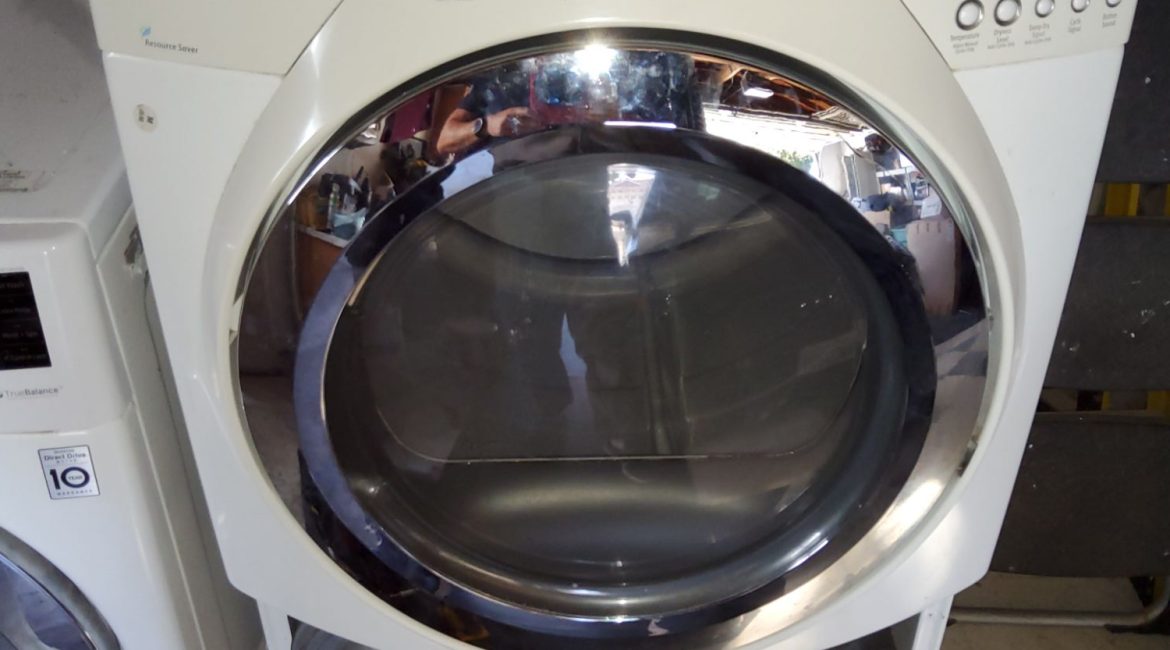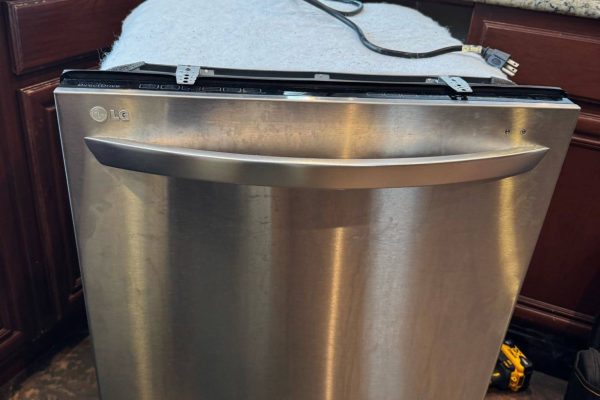A washing machine is designed to operate with rhythm and reliability. When everything is working properly, the drum accelerates smoothly, maintains a stable spin speed, and completes cycles without hesitation. But if you’ve started noticing inconsistent drum spinning — sudden speed drops, irregular acceleration, or moments where the drum hesitates as if it’s struggling — this is a sign of a developing mechanical or electronic issue. Two of the most common causes are a slipping drive belt or a failing motor control module.
Understanding what these issues mean and how they affect your washer can help you take action before the problem becomes more serious or causes additional damage.
Why Inconsistent Spinning Is a Warning Sign
Modern washing machines rely on several interconnected components to regulate drum movement. The motor generates power, the belt transfers that power to the drum, and the control module coordinates speed and timing. When any of these systems malfunction, the result is weak or inconsistent spinning.
Many homeowners first notice the problem when clothes come out wetter than usual, cycles take longer, or the washing machine produces unusual sounds during the spin phase. Because the spin cycle is essential for removing water efficiently, a malfunction leads not only to inconvenience but also potentially higher energy consumption, longer drying times, and greater wear on your machine.
Cause #1: Slipping or Worn Drive Belt
The drive belt in your washing machine is responsible for transferring the motor’s rotation to the drum. Over time, belts naturally stretch, loosen, crack, or wear down. When that happens, the belt cannot grip the pulleys firmly, leading to irregular drum movement.
Typical symptoms of a slipping belt include:
- Drum starts spinning normally but quickly slows down
- Drum does not reach full speed
- Burning rubber smell
- Visible cracks or fraying when inspected
- High-pitched squealing or repetitive squeaking during spin
Because the belt constantly experiences friction and tension, it is a component that will inevitably wear out with regular use. Once the belt becomes too loose, the machine will continue attempting to spin, but the drum’s rotation will become inconsistent.
Why a slipping belt must be replaced promptly
A bad belt does more than just weaken drum rotation. It can place additional stress on the motor, pulleys, and bearings. Continued use can result in overheating or mechanical strain that leads to more expensive repairs. Replacing the belt early is far cheaper than dealing with the aftermath of total system failure.
Cause #2: Faulty Motor Control Module
If the belt is intact, the next likely culprit is the motor control module, often referred to as the MCU (Motor Control Unit). This electronic component regulates:
- Motor speed
- Spin direction
- Acceleration patterns
- Power distribution during different cycle phases
When the MCU starts failing, it sends unstable or incorrect signals to the motor. As a result, the drum may spin unpredictably, change speeds abruptly, or even stop mid-cycle.
Common symptoms of a failing motor control module:
- Drum speed fluctuates without reason
- Machine stops spinning entirely
- Error codes related to motor or speed control
- Sudden jerks or pauses during spin
- Noticeable humming without drum movement
The MCU is a sensitive electronic board that can fail due to power surges, moisture, age, or overheating. Unlike a belt, it cannot be visually diagnosed without proper testing tools.
Why Diagnosing This Problem Requires Professional Help
While some homeowners attempt DIY belt replacement, diagnosing whether the belt or the control module is responsible requires careful evaluation. The two issues can produce similar symptoms, and replacing the wrong part wastes both time and money.
Professionals use proper testing methods to determine:
- Belt tension and condition
- Motor output levels
- Power consistency from the control module
- Sensor feedback accuracy
- Electrical continuity and resistance levels
Because the motor control system involves delicate electronics, attempting repairs without experience can lead to further damage or safety risks.
Preventing Future Spinning Problems
While mechanical wear cannot be avoided, you can reduce strain on your washing machine and prolong its lifespan with a few simple habits:
- Avoid overloading the drum
- Ensure the machine is level and stable
- Clean the filter regularly
- Allow the machine to fully complete each cycle
- Address unusual sounds or vibrations early
Routine maintenance is always more cost-effective than emergency repair.
Take Action Before the Problem Worsens
If your washing machine drum is spinning inconsistently, it’s important not to ignore the issue. Whether caused by a slipping belt or a faulty motor control module, this problem only gets worse over time. Early intervention can mean the difference between a minor repair and complete motor failure.
For safe, reliable, and professional diagnostics and repair, contact Oceanside Appliance Repair Service Center. Our technicians will quickly identify the root cause and restore your washer to full performance.
Call today and schedule your service appointment with Oceanside Appliance Repair Service Center.
Contact us


